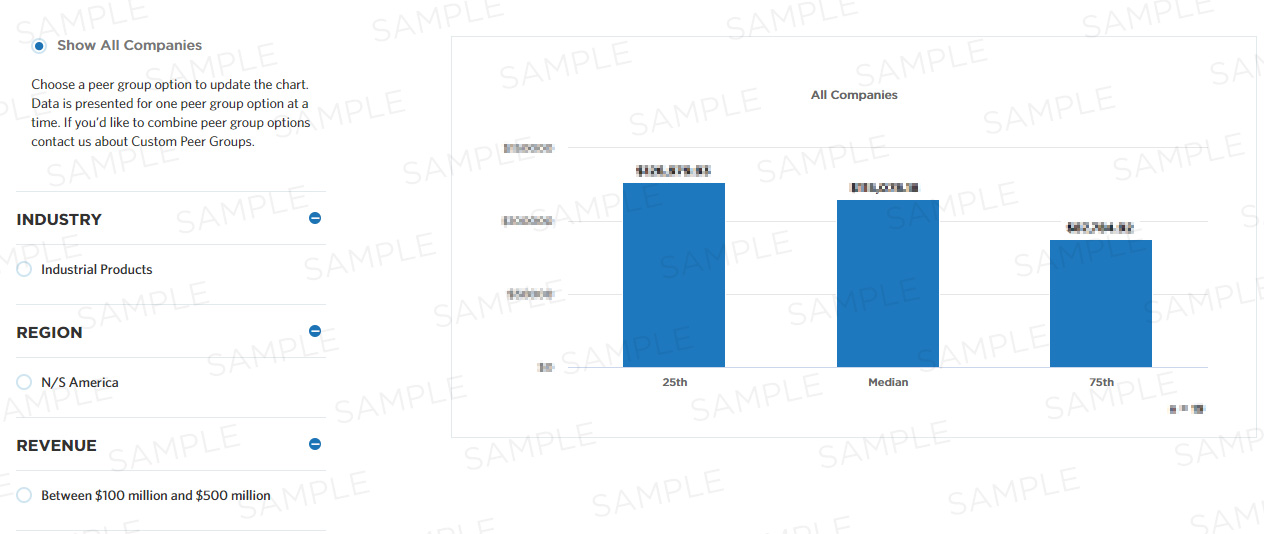Overhead and other costs to perform the process "evaluate and manage financial performance" per $100,000 revenue
This measure calculates overhead and other cost per $100,000 business entity revenue to perform the process "evaluate and manage financial performance". Overhead cost refers to expenses that an organization cannot identify as direct costs of performing a process. These include occupancy, facilities, utilities, and maintenance, etc. Other cost refers to costs other than personnel, equipment, material, systems, or outsourced expenses for the process (e.g., costs for supplies and office equipment, travel, training, and seminars). The Process "evaluate and manage financial performance" includes [Checking and achieving predetermined financial targets and timelines. Assess and manage the profitability, feasibility, and consistency of a business or project. Study the revenues generated.]. This Cost Effectiveness measure is intended to help companies understand this cost expenditure related to the process "Evaluate and manage financial performance".
Benchmark Data
| 25th | Median | 75th |
|---|---|---|
| - | - | - |

Compute this Measure
Units for this measure are dollars.
(Overhead cost to perform the process "evaluate and manage financial performance" + Costs other than personnel, systems, overhead, and outsourced to perform the process "evaluate and manage financial performance") / (Total business entity revenue * 0.00001)
Key Terms
Total Annual Revenue/Net Revenue
Total annual revenue is net proceeds generated from the sale of products or services. This should reflect the selling price less any allowances such as quantity, discounts, rebates and returns. If your business entity is a support unit and therefore does not directly generate revenue, then provide the revenue amount for the units you support. For government/non-profit organizations, please use your non-pass-through budget. For insurance companies the total annual revenue is the total amount of direct written premiums, excluding net investment income. Note: Business entity revenue needs to only include inter-company business segment revenue when the transactions between those business segments are intended to reflect an arm's length transfer price and would therefore meet the regulatory requirements for external revenue reporting.
Other Cost
Other costs are costs associated with the specified process, but not specifically covered in personnel cost, systems cost, overhead cost and outsourced cost in this questionnaire. These other costs include costs for supplies and office equipment, travel, training and seminars. Include the cost of telephones, except for that portion captured in systems cost.
Cost Effectiveness
Cost effectiveness measures are those in which two related variables, one of which is the cost and one of which is the related outcome related to the expenditure are used to determine a particular metric value.